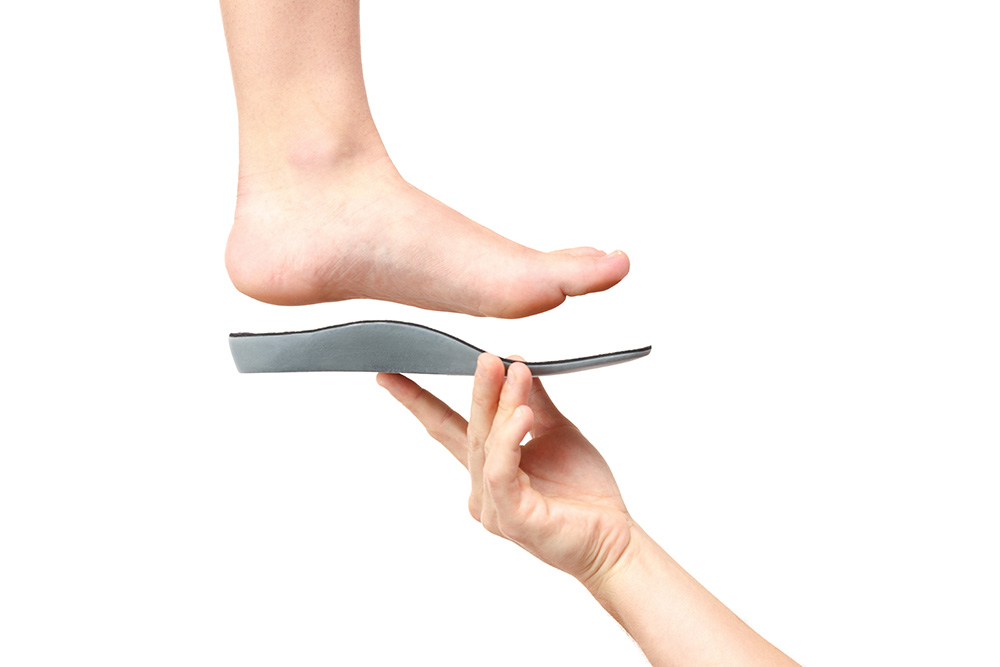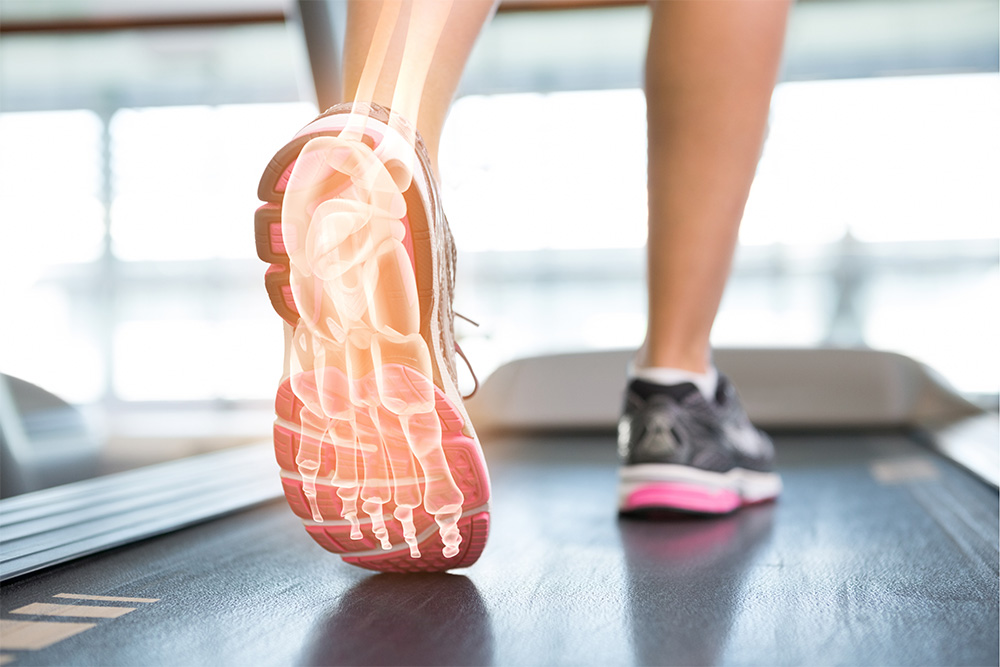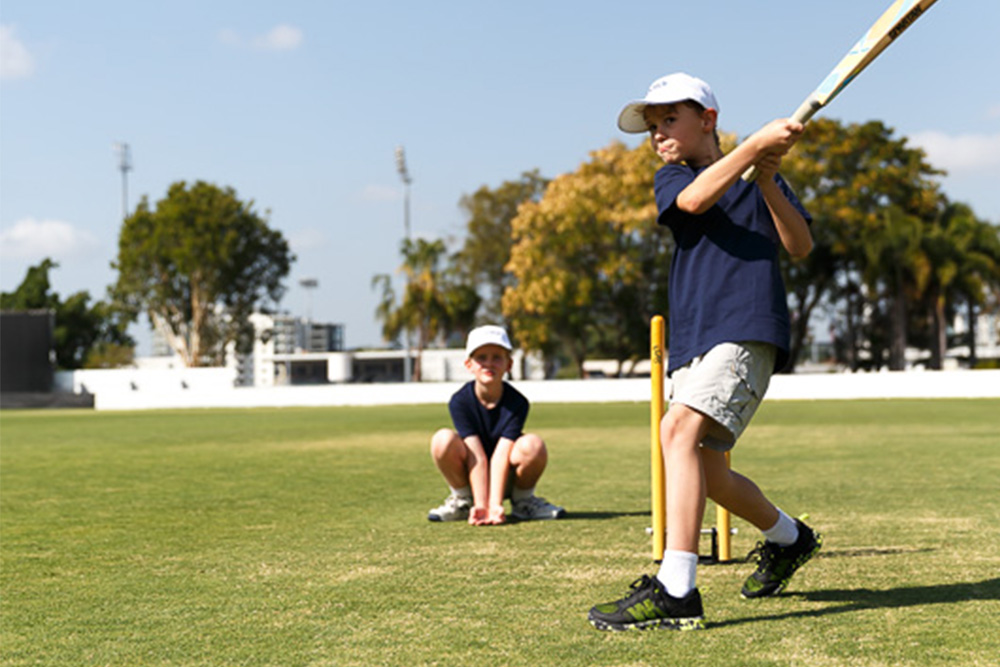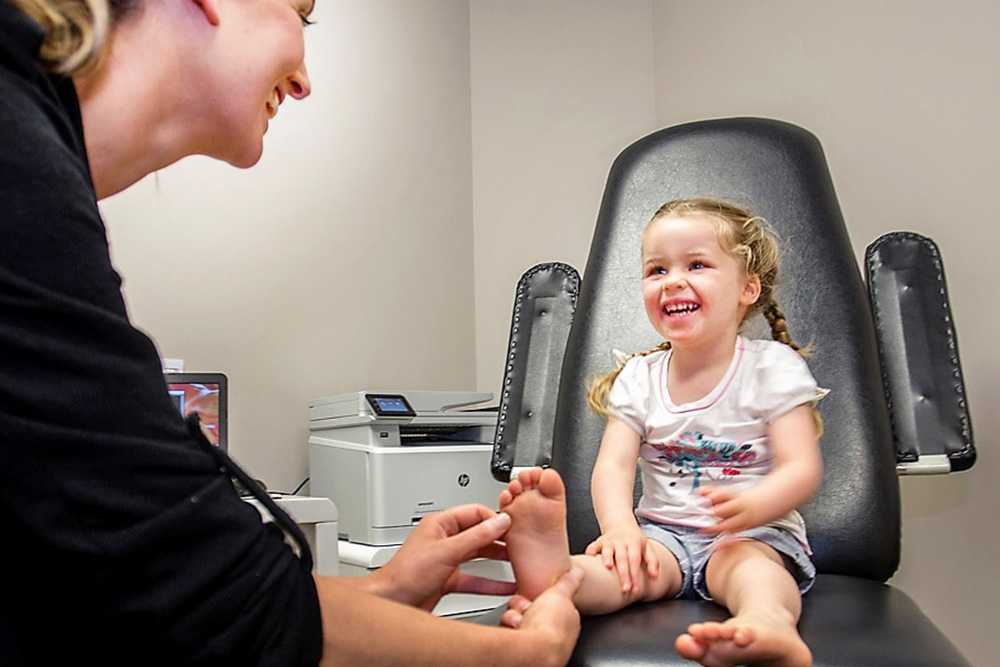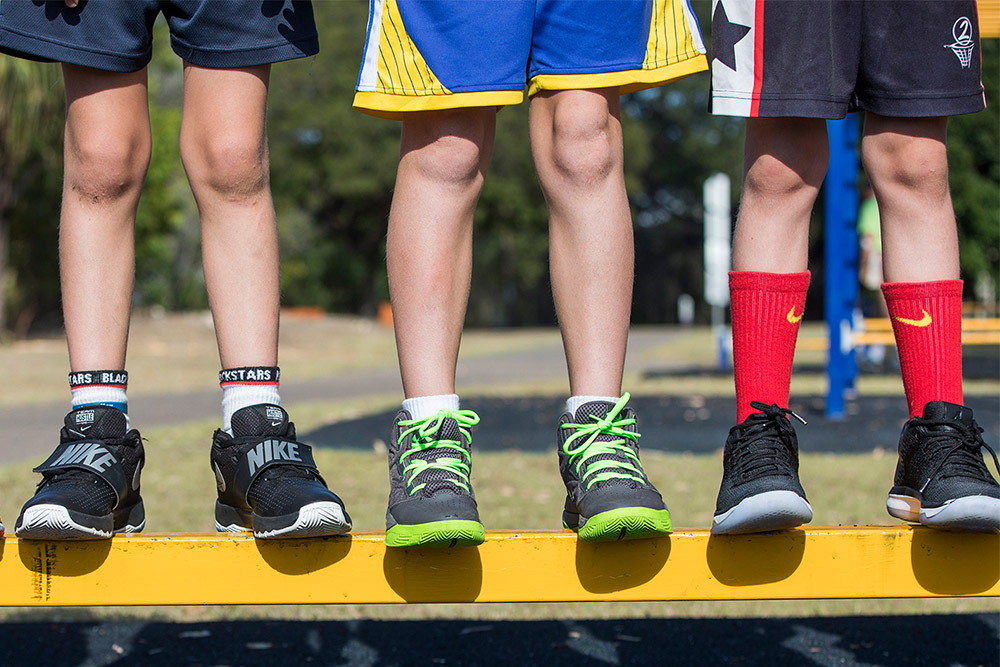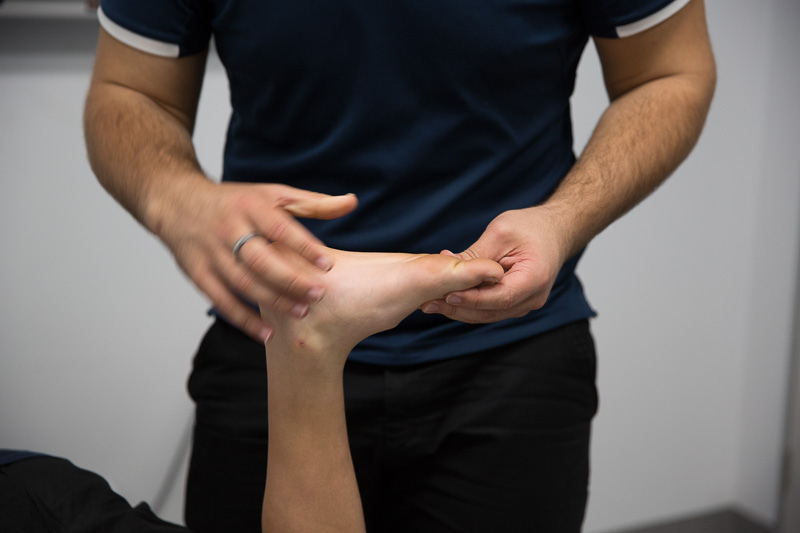
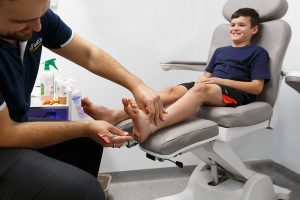 Growing is a normal part of life. Growing pains aren’t. We help treat kids with growing pains so they can get back to being their happy and active selves.
Growing is a normal part of life. Growing pains aren’t. We help treat kids with growing pains so they can get back to being their happy and active selves.
Sever’s disease is the most common cause of heel pain in children aged 8-14 years. Don’t worry, Sever’s is not a true disease, but a temporary condition that affects growing children. Despite what you may have heard, growing pains are treatable and should not be ‘put up with’ while kids are in pain. Fortunately, it’s an easy one for our Podiatrists to treat.
What causes Sever’s disease?
All growing bones have growth plates at the bone ends. These growth plates are where the body adds new bone to elongate our bones. As the growth plates aren’t as strong as the surrounding solid bone, they can be vulnerable to irritation and damage if placed under repetitive tension and strain.
In Sever’s disease, the heel bone (calcaneus) grows faster than the muscles and tissues that attach to it, including the Achilles tendon, which connects to the back of the heel bone. As the tight Achilles repetitively pulls on the back of the heel, it irritates the nearby growth plate, and pain starts. As the tension and pulling from the Achilles is increased during running, jumping and physical activity, the symptoms of Sever’s often start during or after sports.
Once we reach full maturity and stop growing, our growth plates turn to solid bone, which is why growing pains are only experienced by children. Until then, however, Sever’s can be very painful and will limit their participation in sports and exercise.
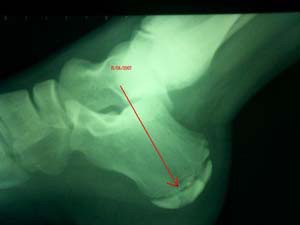 Symptoms may include
Symptoms may include
- One-sided or bilateral heel pain
- Heel pain during physical exercise, especially activities that require running or jumping
- Increased pain after exercise
- A tender swelling or bulge on the heel that is painful to touch
- Limping
- Calf muscle stiffness first thing in the morning
How we treat Sever’s Disease
We know that children’s feet need special attention from an early age to ensure fewer problems later in life.
Our team has treated thousands of young people with this Sever’s Disease. Each patient is different and there are often subtle problems with the way the feet and legs are functioning that exacerbate the pull and tension at the back of the heels.
When these problems are addressed, we often see a significant pain reduction and a return to sport within a few days – not months. At My FootDr, we use video gait assessment software to identify these subtle mechanical problems that may be missed during a visual walking assessment.
Your Podiatrist may recommend custom-made orthotic foot supports to help treat Sever’s Disease. Our orthotics are prescription-made for each patient, big or small, to manage their specific foot, leg and back problems.
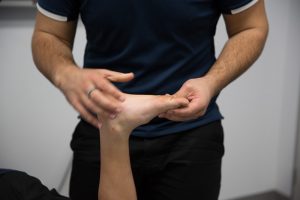 My FootDr’s top tips for treating Sever’s Disease
My FootDr’s top tips for treating Sever’s Disease
- Seek a diagnosis from your Podiatrist
- Encourage kids to rest, recover, stretch and follow strengthening exercises provided by their Podiatrist
- Choose the right footwear for your child’s feet
- Wear custom foot orthotics if prescribed by your Podiatrist
- Commit to an annual check-up to help prevent problems before they start


